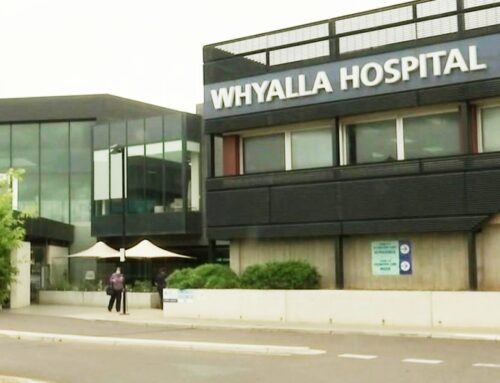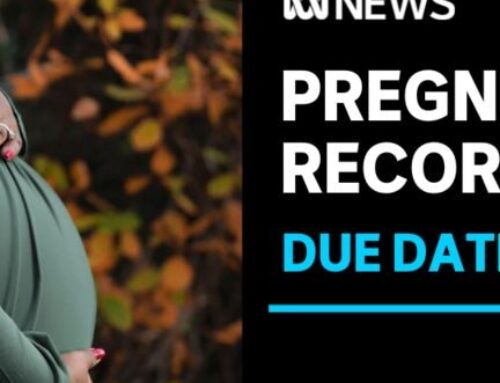Potential home buyers, builders, property developers, the South Australian government and SA Water are bonded together at present by a common problem.
The water and sewage networks in Adelaide’s northern suburbs are maxed out.
They’re so stretched, building new homes in areas of the northern fringe has stalled altogether.
While some who have finished building are relying on their waste being pumped and trucked out — a process known as tankering — even that is reaching capacity, according to SA’s Housing Minister Nick Champion.
Adding more new connections runs the risk of impacting water pressure across the whole northern suburbs, not just in development zones like Angle Vale, Virigina and Riverlea.
It’s a less-than-ideal set of circumstances when South Australia — like much of the country — is grappling with a housing supply and affordability crisis, and Adelaide’s north is where there’s the most available land in the greater metropolitan area to do something about it.
Next Tuesday will be pivotal in understanding how, where and when the state government plans to try and fix the problems being faced with water infrastructure, and the housing sector more broadly.
That’s when it releases its self-titled Housing Roadmap, which will not only look at infrastructure — like water — but increasing land supply, speeding up the planning process and increasing skills in the construction sector.
Infrastructure crunch expected to last months
Various industry groups hope there will answers and a concrete plan going forward, particularly with Adelaide’s water woes.
But just like the time it takes to build a new home, fixing the problems cannot and will not happen overnight.
Delivering the largest expansion of the metropolitan water and wastewater network in decades — as SA Water described it to the ABC — isn’t the work of a moment.
Which means the crunch supplying services for the housing sector could remain for months to come, if not longer.
And it’s going to cost a fortune to do something about the lack of pipes for fresh and waste water in developing areas.
Exactly how it’s all paid for — at the moment — remains an unanswered question, but water bills will go up from July 1. By how much is unclear.
Treasurer Stephen Mullighan told the ABC earlier this month the state government is trying to keep increases in fees and charges below inflation.
And a final decision from the Essential Services Commission of South Australia (ESCOSA) — due within days — will set how much revenue SA Water can collect from customers over the next four years, which helps set bill increases.
Keeping in mind the government’s wishes around limiting bill hikes and the scope of the works needed, it’s widely anticipated there’ll be a financial ask needed beyond the usual SA Water price setting process, which will likely see taxpayers pick up the tab.
Water politics cold comfort for budding home owners
Then there’s the politics of the water problem.
Over the last 18 months, the state government has made a slew of announcements around housing to deal with the pressures being faced, including a series of land releases — one even branded the largest in the state’s history.
But some of them are negated if existing development areas are struggling to get basic infrastructure, let alone what’s over the horizon at places like Concordia, near Gawler.
The state government has been keen to stick the boot into the former Liberal government for its role in getting the system to this point, as it was in power when the last four-year SA Water business plan was signed off.
ESCOSA’s last determination was made in June 2020, based on a plan written towards the end of 2019.
That’s pre-COVID, before the Commonwealth government’s Homebuilder scheme, before the Reserve Bank taking the cash rate pretty well to zero and the housing growth that followed; all issues SA Water have acknowledged as contributing to the capacity problems it now has in Adelaide’s north, which it didn’t predict.
But the Marshall government was keen to lower water bills and did so when the determination kicked in, with Mr Champion actively questioning this week the priorities the former administration had in the water portfolio while it was in office.
For his part, former water minister and now opposition leader David Speirs says this is Labor’s problem to fix, accusing them of trying to “pass the buck”.
The SA head of the Urban Development Institute of Australia, Liam Golding, says the water infrastructure crisis has been building over multiple governments, elections and ESCOSA determination cycles.
But the finger pointing, and explanations, are likely to be cold comfort for South Australians who just want to build a new house and can’t.
And they might not be able to for some time to come, despite what’s coming down the pipe this week.



